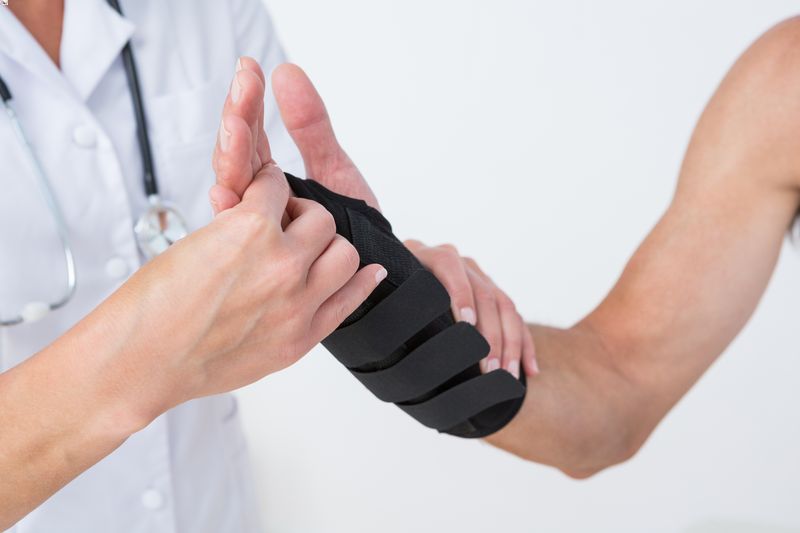

Physicians
Search

GENERAL INFORMATION
A wrist fracture can occur without knowing it has and is a common type of wrist injury. The treatment for wrist fractures varies depending on the type of fracture and its severity of it, but treatment is always needed as letting the wrist heal on its own can lead to improper healing and long-term conditions. To help people make informed decisions for their health and dispel any concerns they have regarding a wrist fracture, we’ve provided the detailed information below.
A wrist fracture occurs when a person has broken one of the small bones in the wrist joint or the distal radius, which is the larger bone of the two that make up the forearm. A fracture also includes a crack in one of the wrist bones. These fractures are commonly caused by:
A wrist fracture isn’t always obvious, but there are signs and symptoms of a fracture that indicate seeking medical attention:
If any of these symptoms are present, it’s important to seek a medical professional and be examined. Also, if there is difficulty moving your fingers or numbness, it’s imperative to seek medical care as soon as possible. Delayed treatment can result in a decrease in your range of motion and reduce the strength of your grip.
There are two primary types of wrist fractures:
There are other types of wrist fractures that are not as common as the two listed above:
Along with the type of wrist fracture, there are several levels of severity that an orthopedic doctor will use as a basis of treatment:
Whether the type of fracture you have requires surgery or not depends on the type of fracture and the severity of it, but treatment for wrist fractures almost always includes a splint or cast.
If you’re suffering from any of the symptoms listed previously or need treatment for, we encourage you to call (253) 830 – 5200 or request an appointment online to see one of our physicians.